Plants for birds – 10 of the best to attract birds to your garden
Grow some of the best plants for birds in your garden to attract and feed our feathered friends
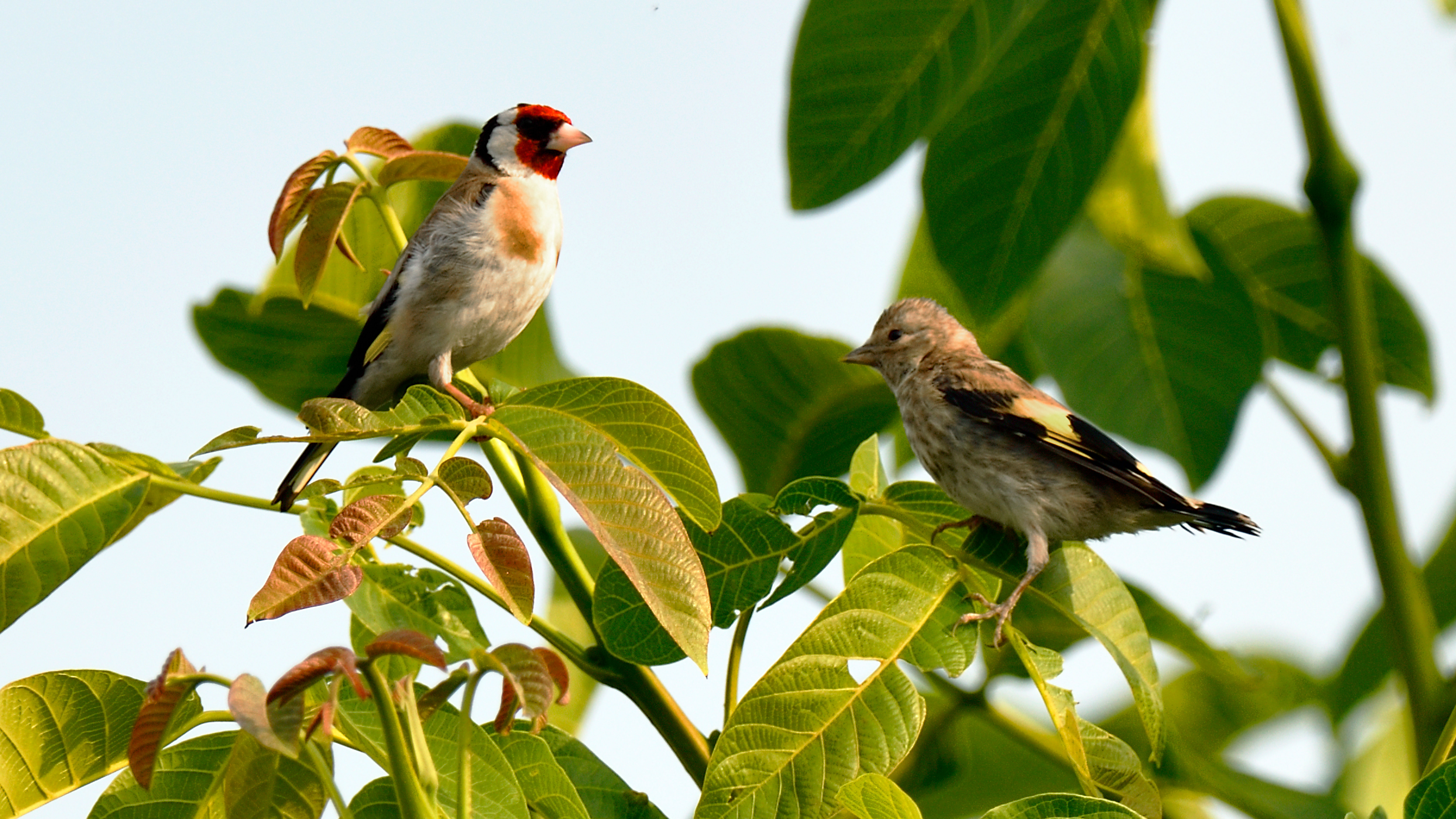
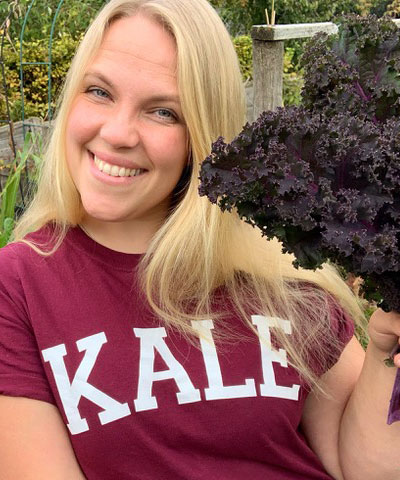
Including some of the best plants for birds in your garden, will not only benefit the winged visitors, but also your own enjoyment of your outdoor space, and the health of your garden, too.
Familiar and conspicuous, birds are among our favourite garden visitors. With their cheerful, wistful or sometimes loud and brash songs and calls, and their propensity for eating garden pests and spreading seeds, they will always hold a special place in most of our hearts.
Sadly bird numbers are in decline all over the world, including in our gardens. You can, however, choose to turn your garden into a safe haven for them, supplying food, roosting sites and nesting sites by simply selecting the right plants to attract birds as part of your wildlife garden ideas.
There are some plants to attract birds of specific species, such as flowers that attract hummingbirds, while there are others that will attract many different varieties.
Plants for birds – how to choose them
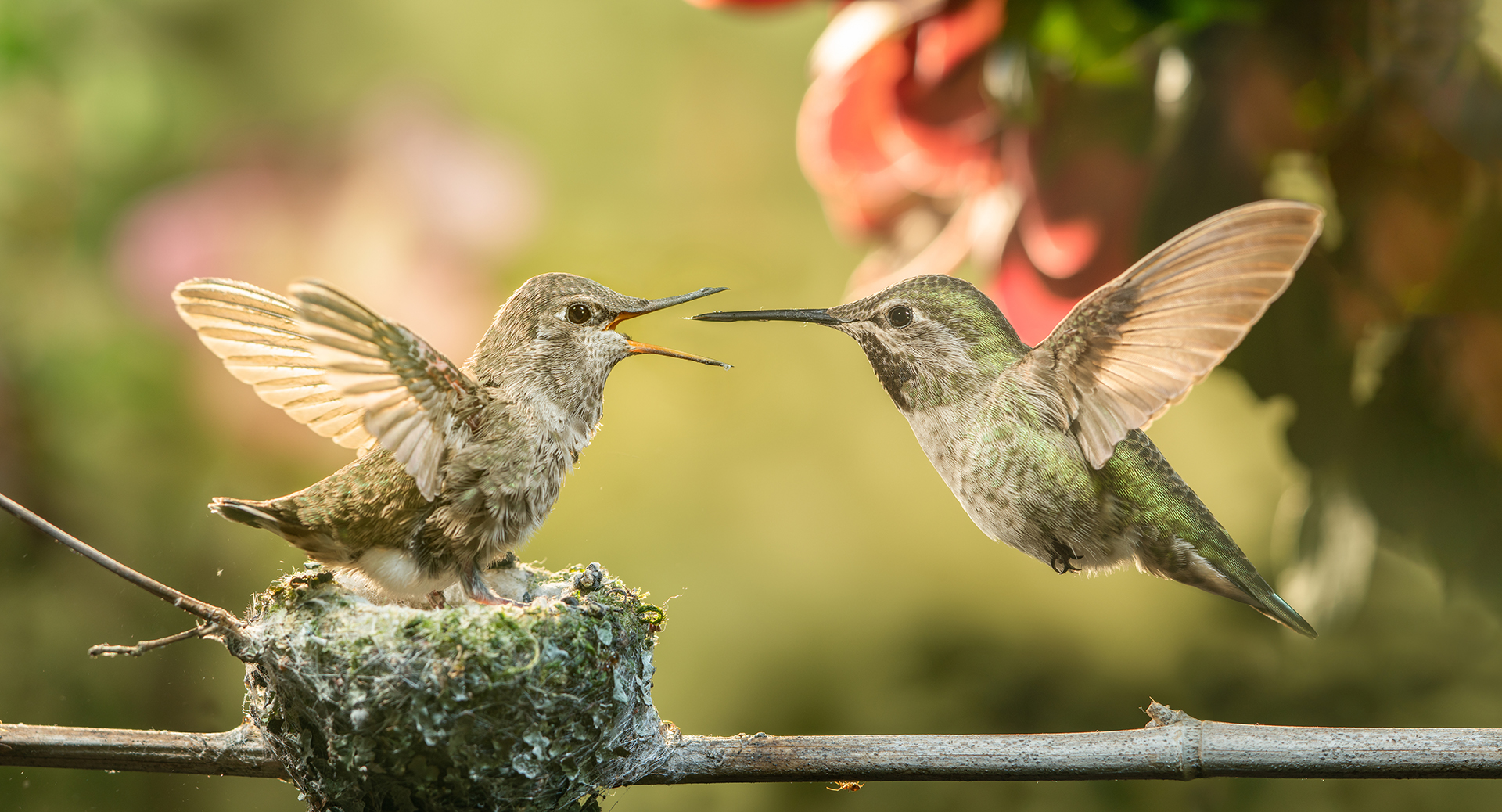
When choosing plants for birds to add to your flower bed ideas, try and choose plants that will thrive in your garden conditions, while making sure to avoid invasive species that could cause damage to native species.
‘The secret to success lies in choosing locally native plants, which brim with nutritious insects, berries, nectar, and seeds and give birds vital refuge,’ say the experts at the National Audobon Society.
‘You’ll need to do some research to find out what the specific options are for your area, since everyone will have different results. Planting native species – without using pesticides – is always the best option when gardening,’ explains Jordan Rutter from the American Bird Conservancy.
Choosing the correct plants for birds for your area is also among the sustainable garden ideas that will help your garden thrive and support wildlife.
Plants that attract birds can provide several different services, so it’s worth trying to grow something that can do a few of the following:
- Provide nuts, seeds, nectar, berries or other fruit: useful for providing food to a wide range of birds and other animals, these high energy foods are great for smaller birds and migratory birds, and feeding birds in winter.
- Attract insects: insects are an important food source for many garden birds, and also help to pollinate plants grown for their fruit.
- Provide nesting material: twigs, leaves and other plant matter can make great nesting materials and encourage birds to build nests close by.
- Provide habitats: birds need places to perch, shelter from bad weather, nest and take cover from predators. Along with bird house ideas, provide plants they can build nests in.
'With proper plant selection, a garden can host bird visitors all year-round, even in the dead of winter,’ says Chelsea Campbell from North Creek Nurseries. ‘If you build it, they will come. Give the birds a one-stop shop for all their needs and your garden will be more than just a beautiful spot – it'll also be a lively habitat.’
Below are some of the best plants for birds to grow in your yard.
1. Trumpet honeysuckle – Lonicera Sempervirens
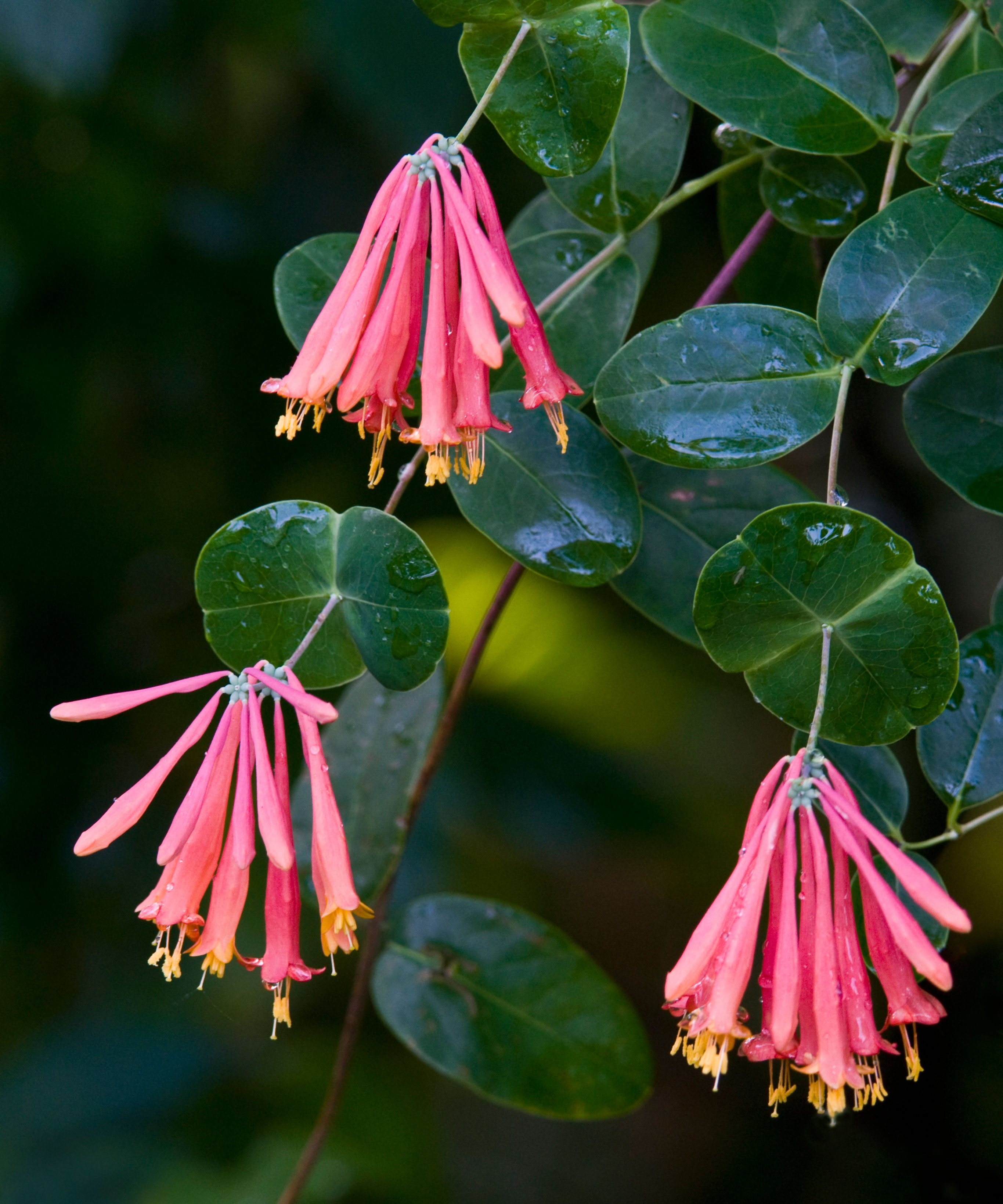
Honeysuckle is a fast-growing flowering vine with pretty nectar bearing flowers in summer and plump red berries in winter. The small red berries are a popular food source for songbirds, and a mature plant will also provide nesting materials and a place for birds to shelter and even nest.
Japanese honeysuckle, Lonicera Japonica is invasive in some parts of the US, so a good option for growing is trumpet honeysuckle, Lonicera sempervirens, a beautiful native variety with delicate coral colored flowers.
It's easy to learn how to grow honeysuckle. They prefer moist, well-drained soils in partial shade, and like all climbing plants, will need something to climb up. They grow well against a wall or fence, or provide some structure in the form of a wire or trellis idea. Honeysuckle thrive in USDA zones 4 to 10A and are also great plants to attract butterflies.
Honeysuckle can be grown from plant cuttings taken in July or August. You can also grow honeysuckle from seed by simply extracting the seeds from their berries and planting them.
2. Sunflowers – Helianthus spp
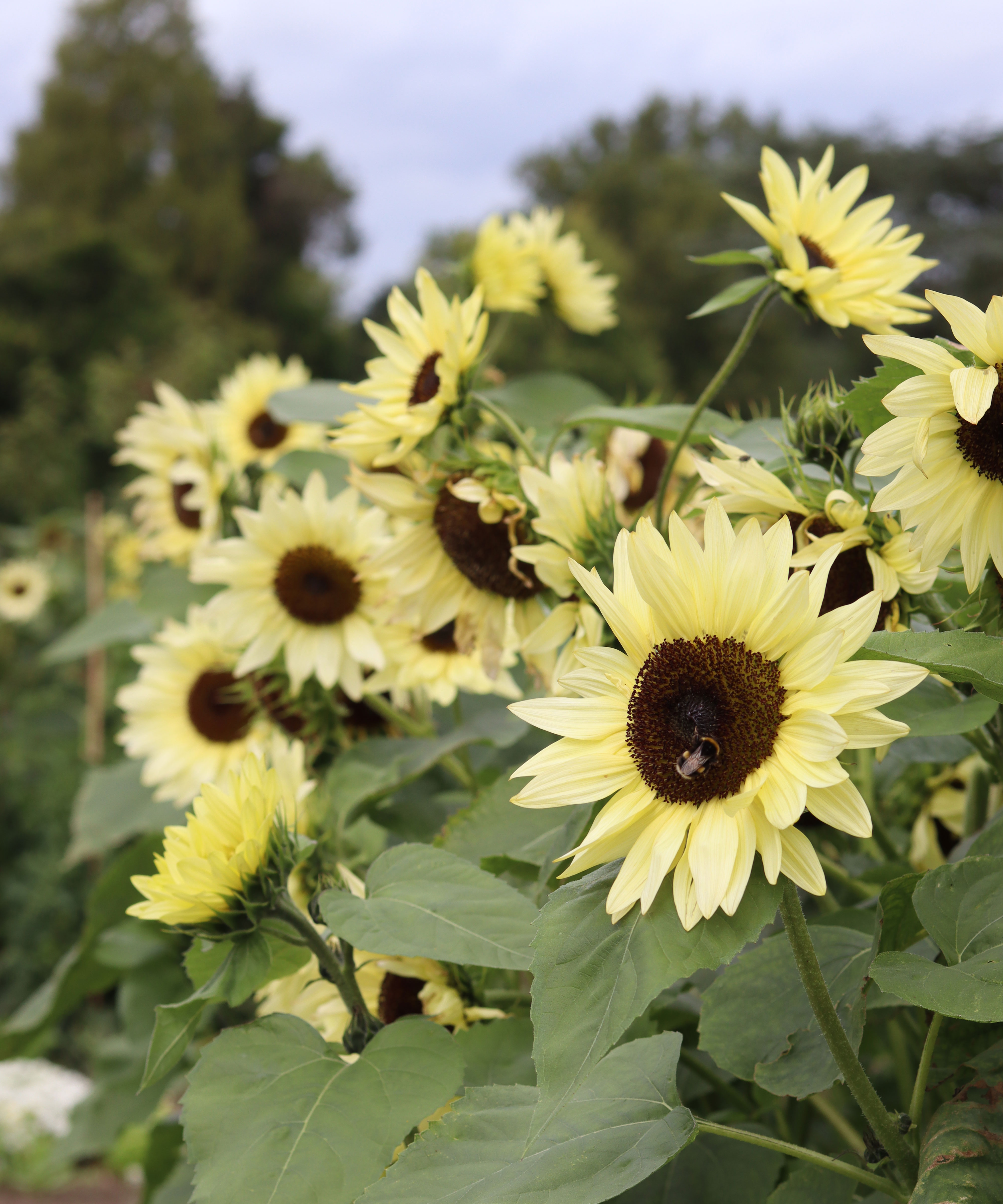
Sunflowers are excellent plants for birds as their seeds are full of energy, and birds will often stop to feast on them and build up energy during migration. They are native to some parts of the US and not normally considered a problematic plant.
Sunflowers are really good at drawing in insect pollinators that form an important part of the diet of a lot of birds, including sparrows, swallows and buntings. They are also on the list of flowers that attract bees.
Learn how to grow sunflowers as a great planting project with kids. Be aware that seedlings are a tasty treat for lots of common garden pests, so if they’re likely to be eaten, transplant when they are 6-9 inches tall. They prefer a sunny spot on rich, well drained soil, and the taller varieties may require some support in windy spots. They will grow well in USDA zones 2 to 11.
Once they have finished flowering, you can hand the heads outside to dry, where they will continue to be visited by birds, but don’t forget to take some seeds and save them for next year.
3. Serviceberry – Amelanchier spp.
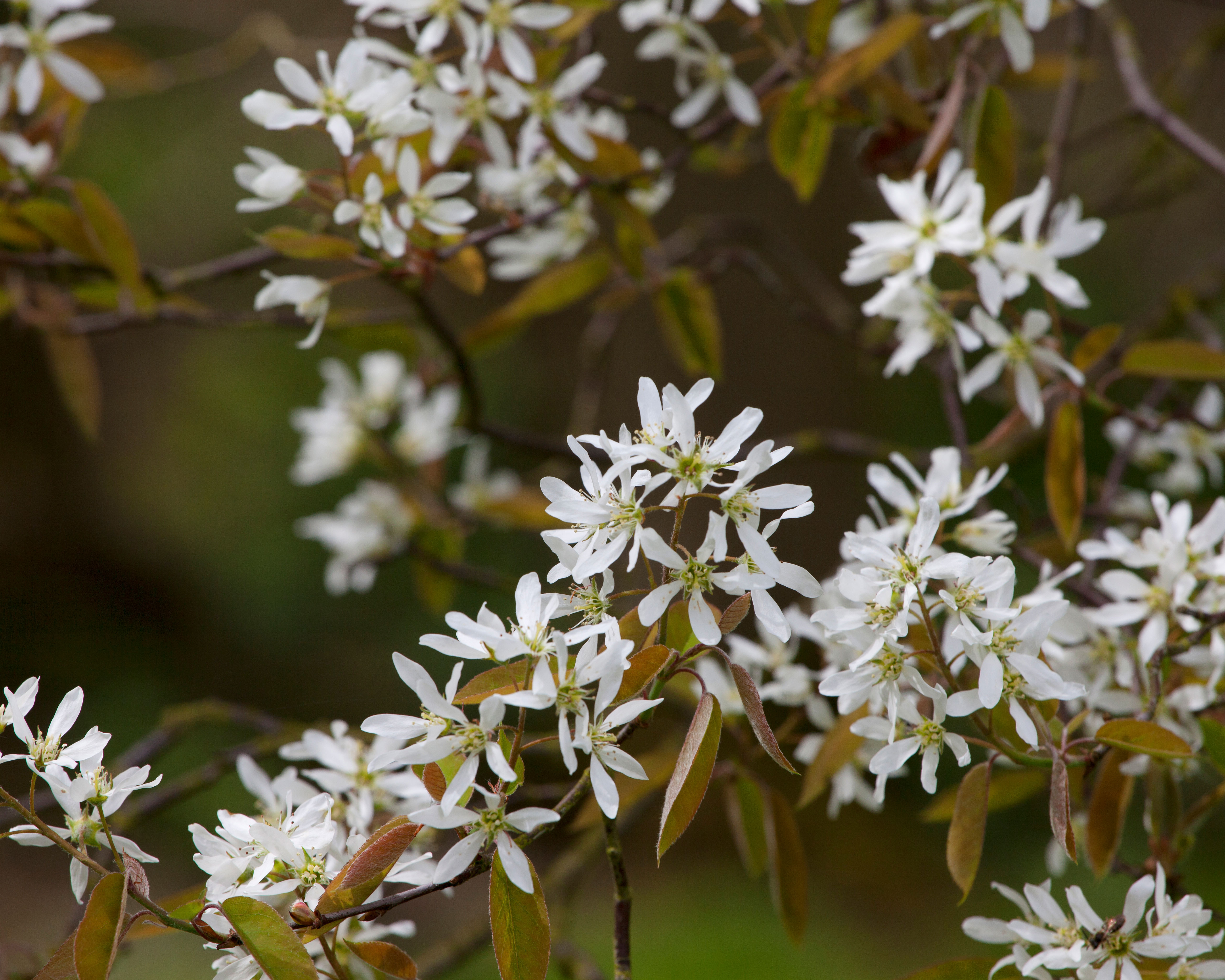
Serviceberry are in the same family as roses. There are several different species of serviceberry, some that grow as trees, and others that grow as shrubs – the former are among the best trees for small gardens. They have beautiful, delicate flowers in spring, red berries in summer, providing food for insects and birds.
‘Serviceberries are often eaten by orioles, the caterpillars they house are important for insectivorous birds like titmice, and their stalwart branches provide perching and nesting sites,’ says Jordan Rutter.
Serviceberry are not fussy plants, and they can be sown from seed. Direct sow the seeds, and protect them from too much sun in the first year as they are just seedlings. Alternatively, you can buy a plant and plant it straight out. This is best done in late winter or early spring.
They prefer well-drained soil and when larger will like full sun or partial shade. Most varieties are happy in USDA zones 4 to 9, but some will grow right down to zone 2.
4. Milkweed – Asclepias spp.
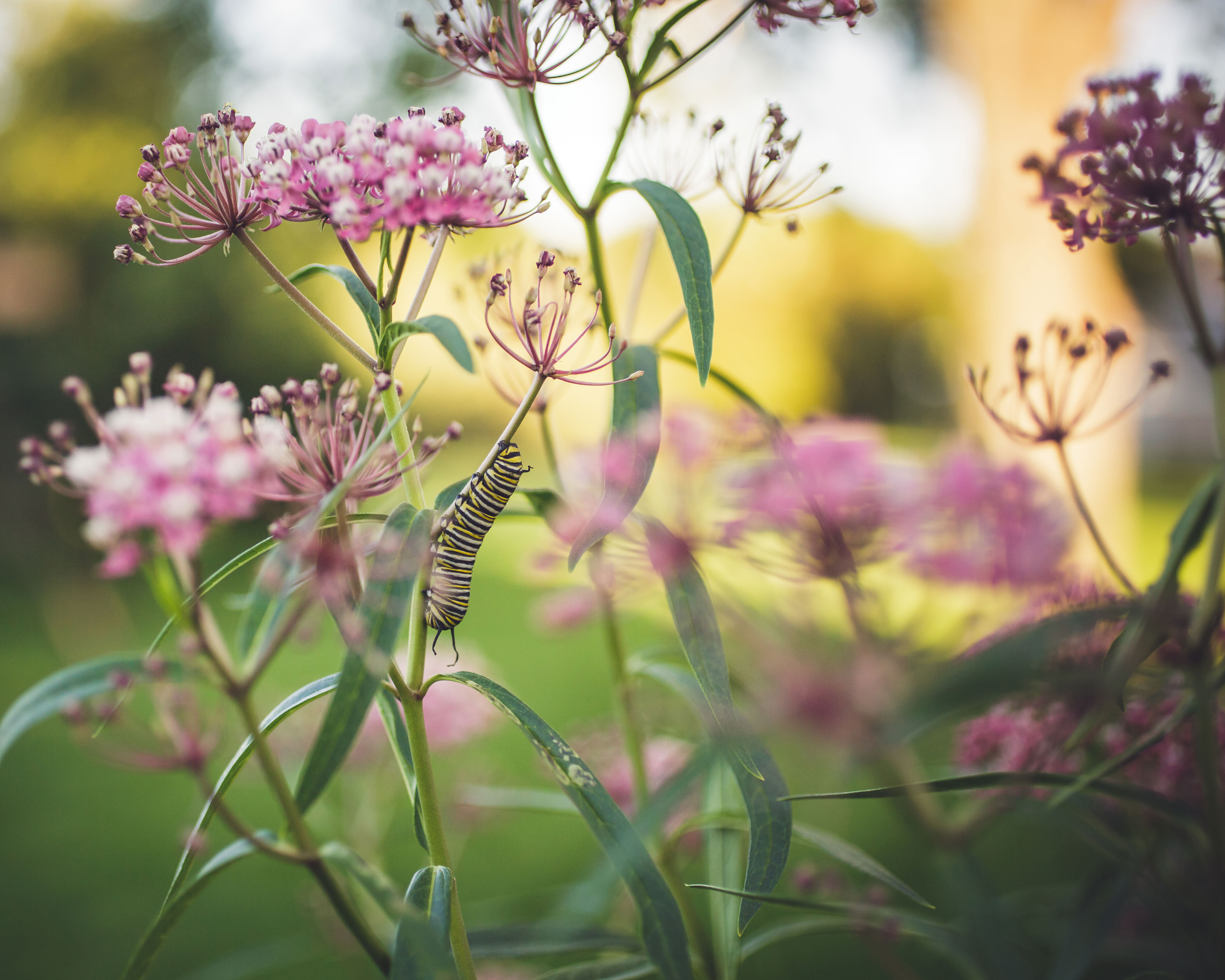
Don’t be put off this popular plant for birds by its name. Milkweed is a beautiful herbaceous perennial that is very popular with pollinators and is particularly important for Monarch butterflies. It is also a great plant to attract birds.
Milkweed produces very fluffy seeds, so that they can be carried on the wind. This fluff, however, also forms a vital nesting material for goldfinches and yellow warblers. The seeds themselves are also a nutritious snack for seed-eating birds.
Milkweed is easy to grow from seed, and can look lovely among the blooms if you're planting a wildflower meadow. Scatter seeds thinly, either directly where you want them to grow, or in trays indoors. Cover the seeds with a thin layer of potting compost and keep them damp. If sowing indoors, wait until the plants are a few inches tall and transplant them. Milkweed will grow in USDA zones 4 to 9.
They will need a well-drained soil, plenty of sun and a little space to grow. There are varieties of milkweed better suited to damper areas, such as swamp milkweed Asclepias incarnata, so choose one that will suit your soil. Avoid tropical milkweed Asclepias curassavica which is a non-native, invasive plant.
5. Elderberry – Sambucus canadensis
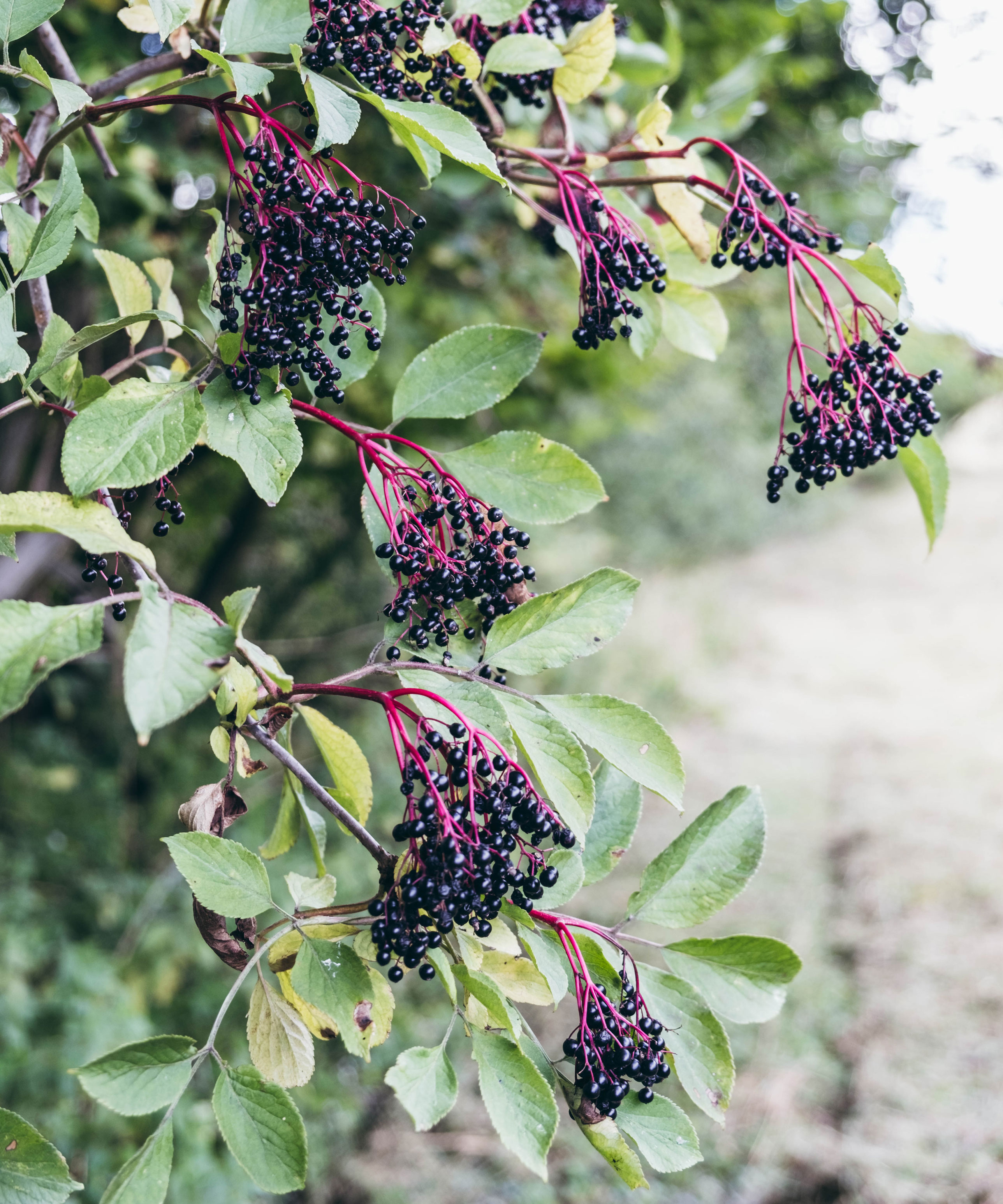
A delightful, deciduous flowering shrub with an abundance of sweet smelling flowers in spring and a heavy crop of berries in summer, elderberry is a great choice for your garden, and as a plant for birds.
A fast growing shrub, elderberry can be quite large – growing to around 12 feet tall and 10 feet wide – so make sure you have the space for one, or choose a smaller variety. The eye-catching Sambucus nigra or ‘Black Lace’ makes a beautiful addition to the garden with its dark purple foliage and pale pink flowers.
The profusion of flowers attracts insects in spring that feed insectivorous birds. Then in the summer the berries attract staggering numbers of birds including the much-loved Baltimore oriole and the cardinal bird. The berries are perfect for smaller birds, too.
Elderberry isn’t very easy to grow from seed, so we recommend propagating them from cuttings. Take cuttings in early spring, making sure to choose a 4-6 inch section of soft wood that has not yet formed a woody bark, but is not green and flexible. Make a cut just below a leaf node – where the leaf joins the stem – and place it into a pot of well-drained potting compost. Keep the compost damp, and roots should start to appear in a few weeks.
Elderberry grows in USDA zones 3 to 8 and prefers well drained soil and partial or full sun but will grow in a variety of conditions. The birds will thank you later.
6. Virginia creeper – Parthenocissus quinquefolia
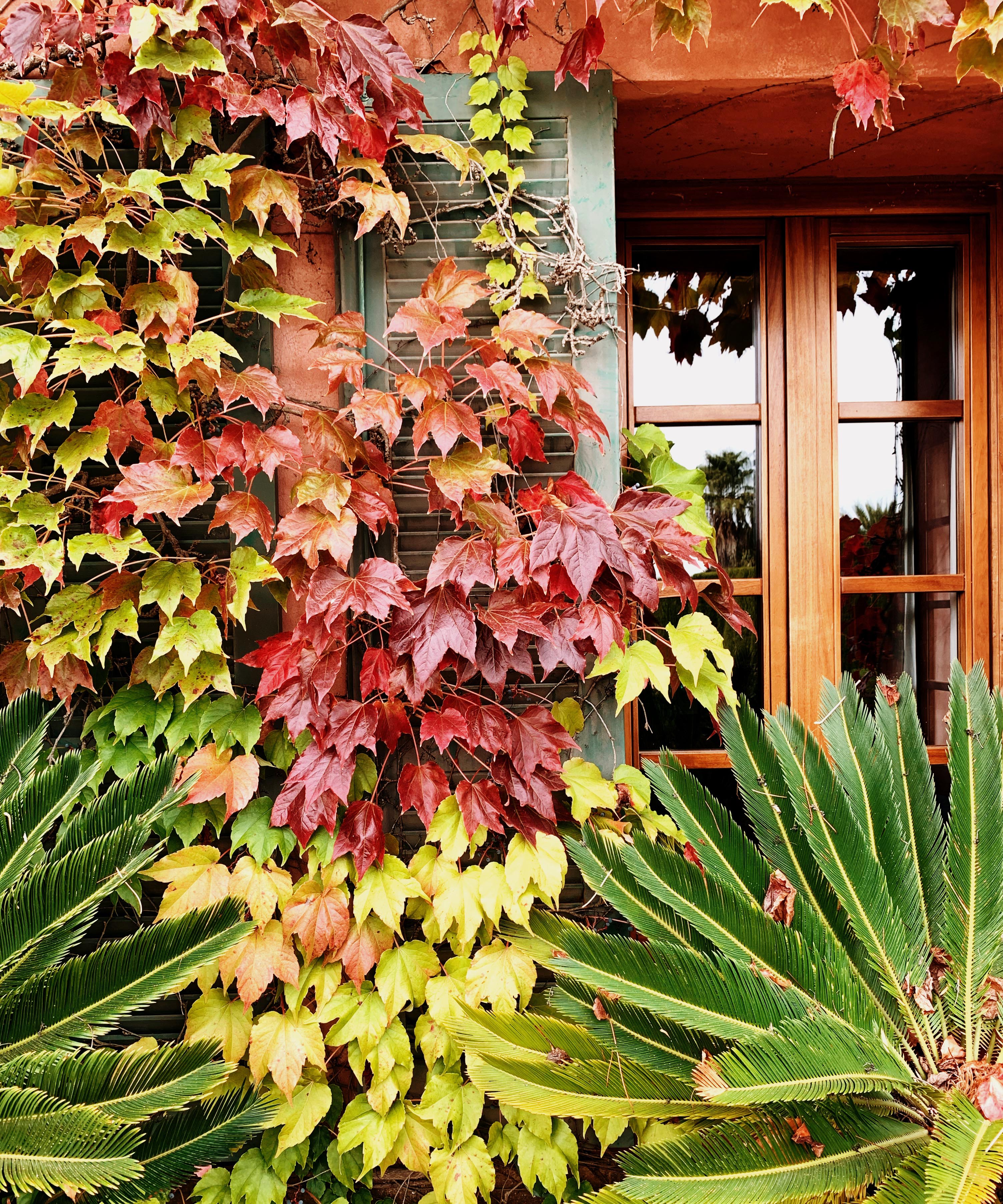
This fast growing, busy vine is native to eastern US. It can grow quite large, so make sure you have space for it, and don’t plant it near to any trees as it may overwhelm them. The reason it is among plants for birds is because its habit of forming thick foliage makes it a great place for birds to hide. In addition, in late summer and early fall it has tiny black berries that are very attractive to finches, mockingbirds, chickadees, and warblers to name just a few.
Virginia creeper can grow around 50 feet tall with a spread of almost 40 feet from a single plant. As a vertical garden idea, it is a great choice for fence decorating ideas, or transforming a wall into a wildlife haven. It is deciduous, and in fall produces bright red to magenta foliage which also creates a wonderful display. It can also be grown up a bank and is known to help prevent erosion.
Virginia creeper is hardy right down to zone 3, and will grow in most types of soil, although prefers moist, well-drained soil. It also prefers partial shade. It can be grown from softwood cuttings taken in late spring or early summer. Place your cuttings in well-drained potting compost and keep them moist until the cuttings take root.
7. Staghorn sumac – Rhus typhina
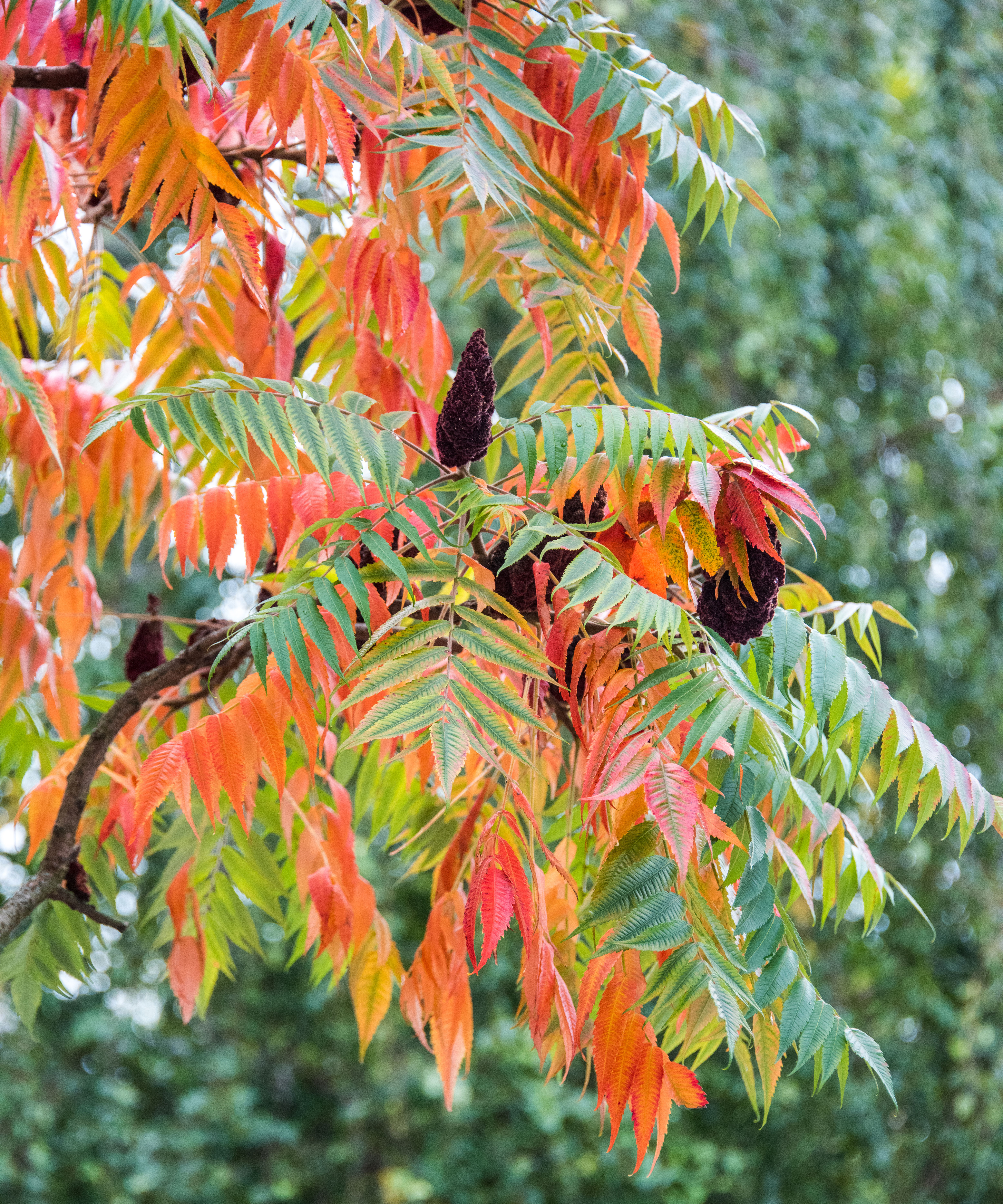
Staghorn sumac is a beautiful low-growing tree providing a spectacular display as a tree for fall color and beautiful structure in the garden year-round.
‘With bright red flowers, woody stalks, and long leaves, this plant provides perching opportunities, nest sites, and forage to a wide variety of birds,’ says Jordan Rutter from the American Bird Conservancy. ‘Additionally, its seeds are an important winter food source for thrushes, catbirds, and cardinals,’ he continues.
Growing staghorn sumac from seed is not an easy thing to do, so buy a young plant, if you can. Once planted, sumac is easy to grow and, although it will grow almost anywhere, prefers well-draining soil and full sunshine and plenty of space to grow. It will thrive in zones 3 to 8.
8. Coneflower – echinacea
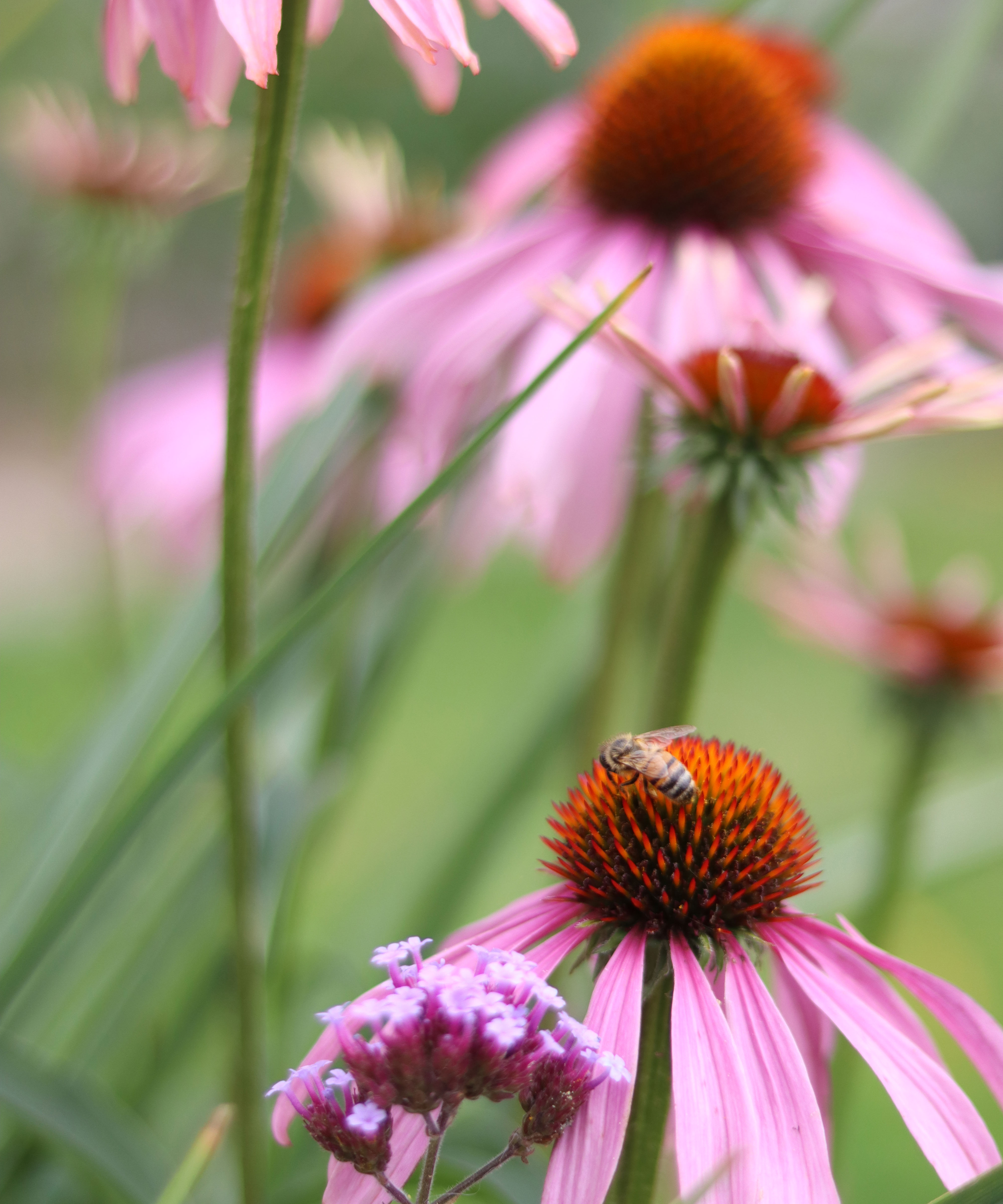
Coneflowers are a great option for smaller spaces. This much-loved native perennial is a staple in many gardens, and is a great plant to attract birds. Coneflowers are also great for pollinators, especially bees.
Coneflower are easy to grow from seed. Sow seeds in spring by scattering them thinly in trays and covering them with a quarter inch of compost. Keep the trays somewhere warm, like a greenhouse. When the seedlings are big enough plant them into your garden in a sunny spot with well-drained soil. Coneflower are happiest growing in USDA zones 3 to 8 and are ideal late summer flowers.
'Their bristly seeds are delicacies for finches and cardinals, while their long-lasting blooms make your garden easy to find for pollinating insects and birds,' says Jordan Rutter.
‘Also, their long stems provide foraging and respite cover for birds searching for food in the soil,' he adds.
9. Beautyberry – Callicarpa americana
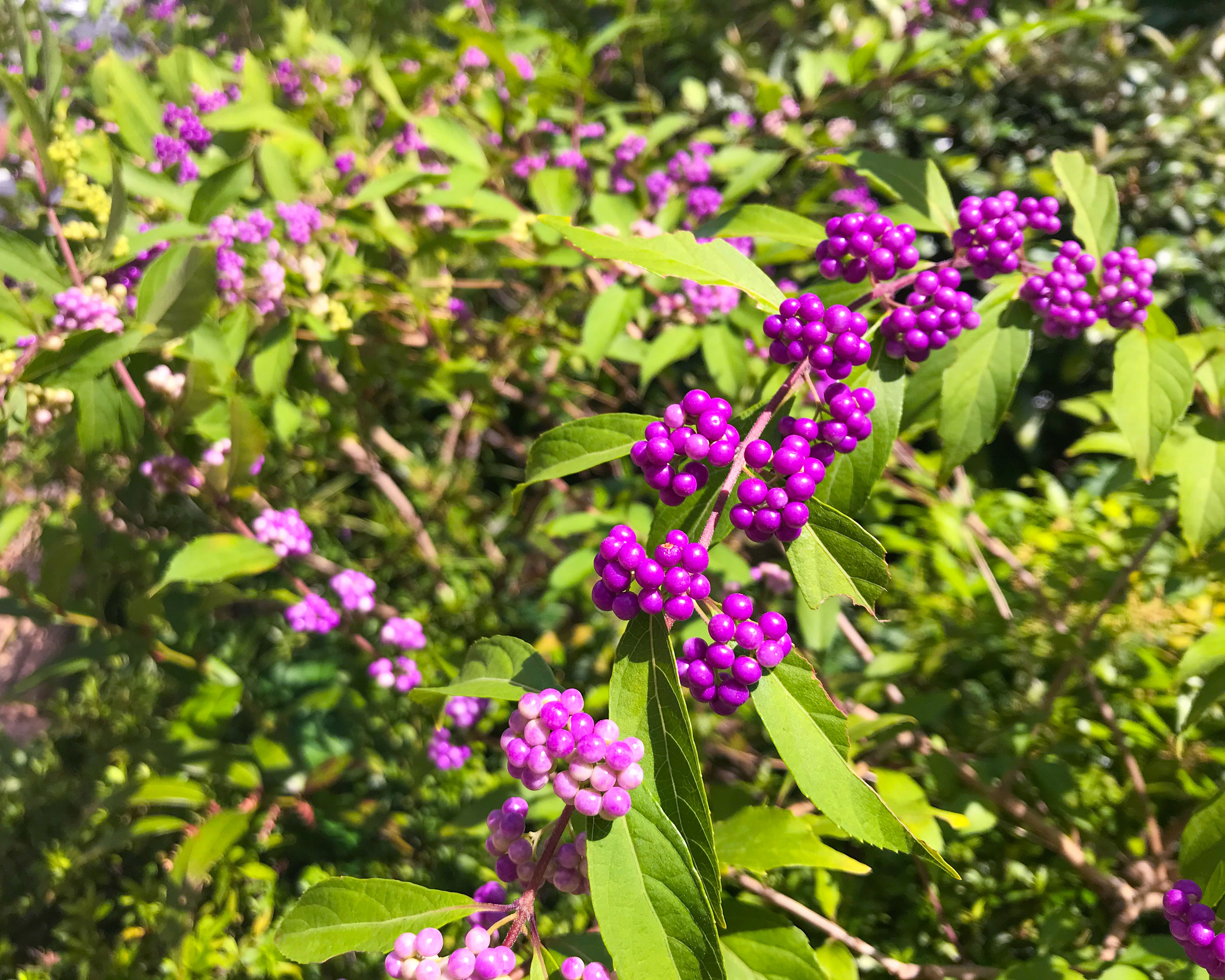
Beautyberry, as the name suggests, is an attractive, deciduous shrub, bearing beautiful purple berries. The berries grow in clumps around the stems and branches, giving them a unique and eye-catching look – as well as plants for birds.
Beautyberry is hardy in zones 5 to 11 and prefers a lightly shaded spot with well-drained soil with plenty of organic matter. It can be grown from seed by sowing seeds in pots, around half an inch deep. Keep the potting compost damp and keep them somewhere warm and bright. Plant the seedlings out when they are big enough.
They are quite slow growing so this could take a few months. Alternatively, buy a plant and you will have instant color and bird food.
10. Aster – Symphotrichum spp.
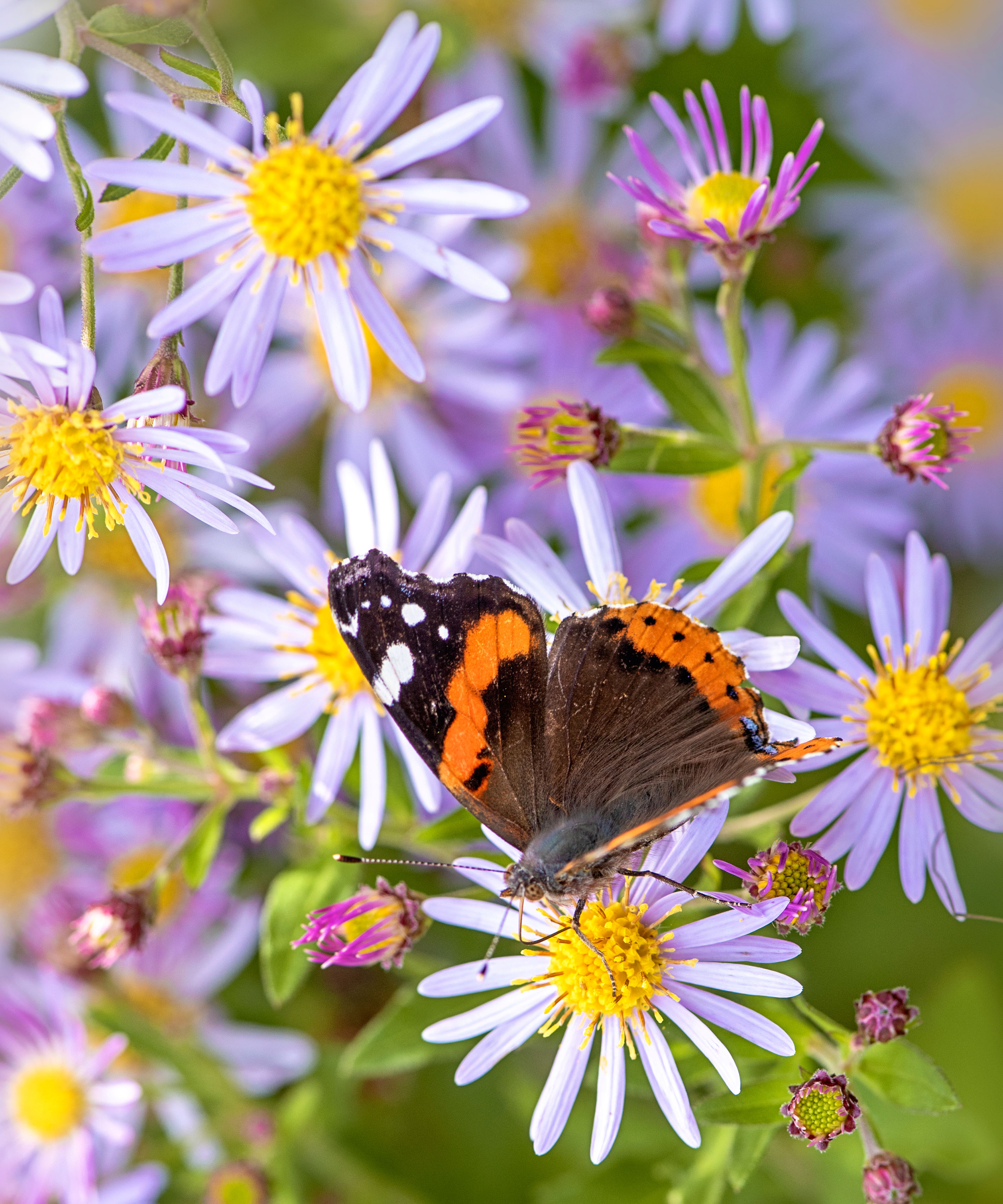
Asters are a bright, colorful perennial, with long-lasting flowers, hardy in zones 3 to 8. They are popular cottage garden plants and provide nectar for pollinators right into fall, making them great plants for birds on migration. In late fall and winter, they have lovely fluffy seed heads that are a great source of food, and nesting materials for birds, too.
According to the Audobon Society, tree sparrow and wild turkey feed on the leaves and seeds of asters, and insect-eating birds, like goldfinches and chickadees, will visit regularly to find food.
Growing asters is simple: you can buy plants and enjoy color and seed heads in the first year, or you can grow them from seed or cuttings.
If growing from seed, sow seeds in spring, somewhere warm and bright, like a greenhouse. Sow them thinly in a tray and cover with a quarter inch of compost. Keep the compost moist until the seeds have germinated. When the plants are a few inches tall they are ready to plant out. They may need pricking out and potting on if they are too crowded.

What can I grow to feed birds?
There are so many options of plants to feed birds.
Start by growing something that you will enjoy as well as the birds. All fruit trees will be attractive to birds, as well as a lot of plants that have seed heads.
Native plants will offer the most value as they will be easily recognised by passing birds and will be easy to grow as suited to the conditions. Watch out for invasive plants, and don’t plant anything in your garden that could become a problem for your native plants. Some plants are invasive in some parts, and not in others, so ensure to check online or with your local nursery.
What shrubs attract birds?
The best shrub to plant for birds is something that will offer them cover and food. The best option will depend on where you live, the conditions you have and what birds you want to cater for. A native bush that grows locally is always a good choice, as the birds using that plant will already be in your area.
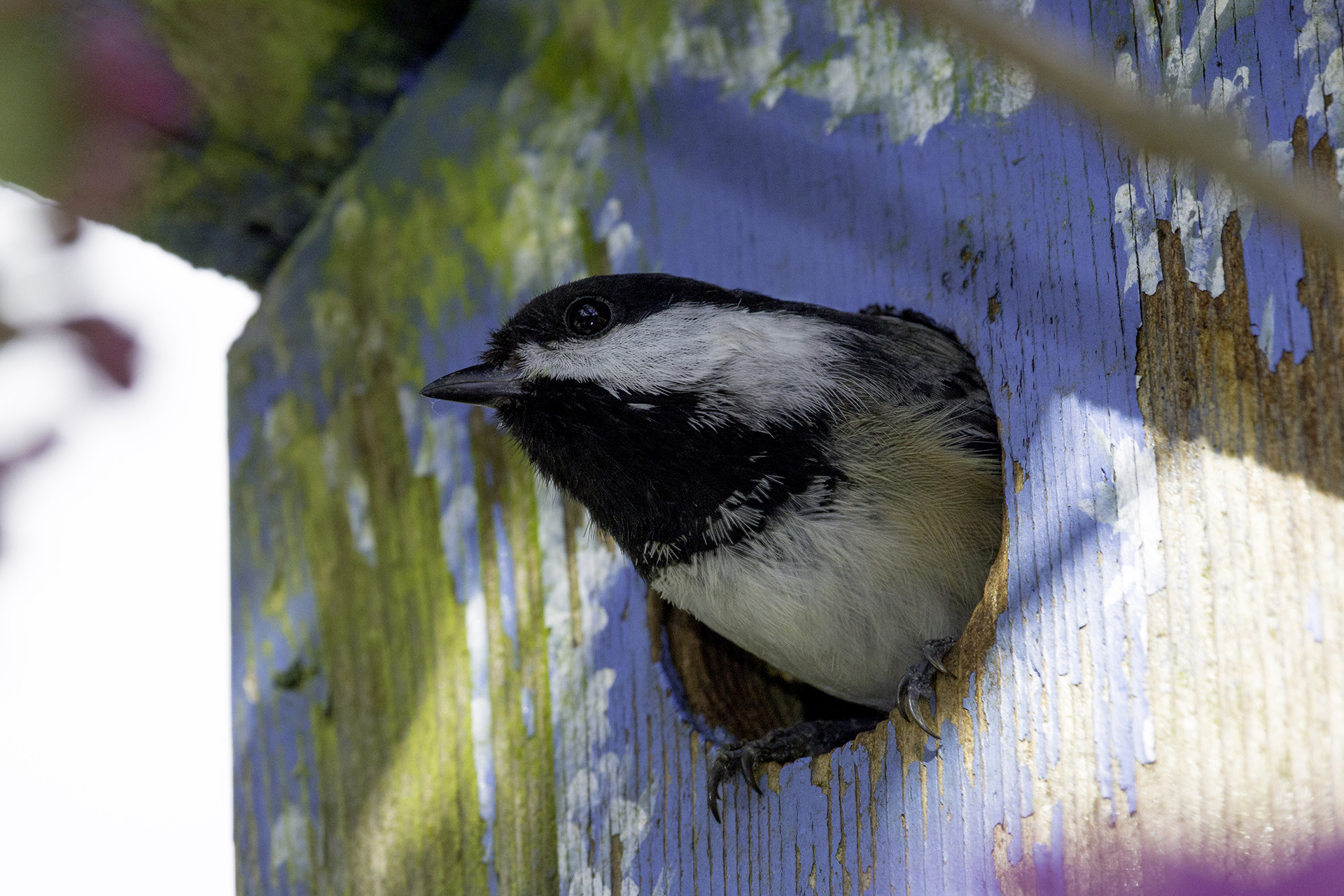
How do I attract birds to my backyard?
There are many things that we can do to make our backyards more attractive to birds.
Providing food and habitat by growing the right plants is an excellent way to start. Try garden pond ideas or a bird bath, to give birds some water, particularly during the warm summer months. You may want to hang bird feeders in the garden during fall, winter and spring to help birds build up fat reserves for winter or migration.
Jordan Rutter impresses the importance of keeping pesticides out of your garden. ‘Pesticides can have both immediate and long-term negative impacts on birds visiting your garden. Avoid sprays and soil drenches as much as possible,’ he says and practice permaculture gardening techniques.
It is important to cater to all your garden wildlife if you want to attract birds. Birds are just one of the many joyful visitors to our gardens, but they are part of a healthy and diverse ecosystem. By creating a garden that has a range of plants and habitats, we will create a place that is beautiful and full of life.
Sign up to the Homes & Gardens newsletter
Design expertise in your inbox – from inspiring decorating ideas and beautiful celebrity homes to practical gardening advice and shopping round-ups.

Becky is a freelance writer, blogger, and podcaster. Her blog, Sow Much More and her podcast The Seed Pod are aimed at making organic gardening more accessible and encourage others to grow their own food.
-
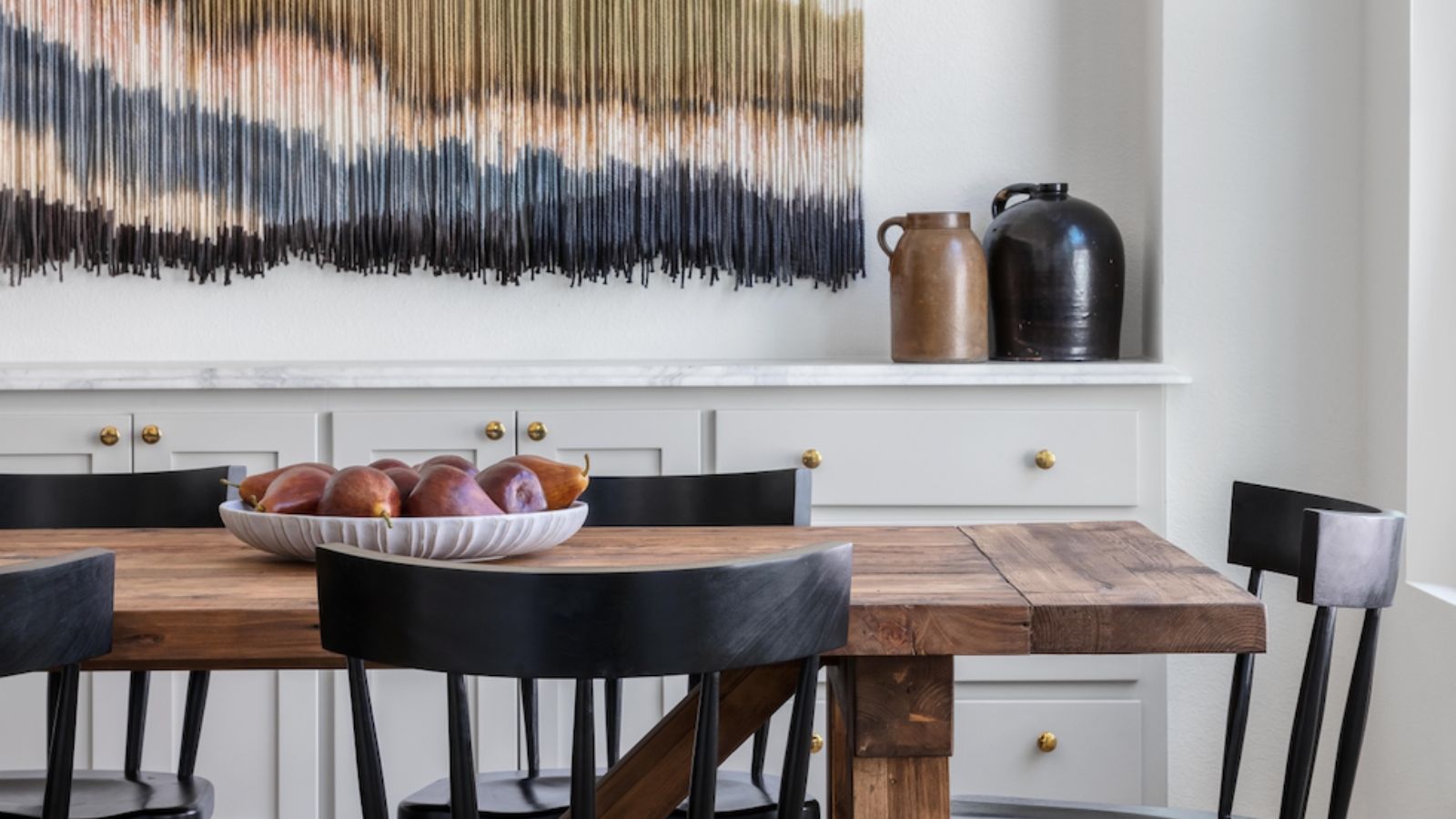 How the 'ODT' method can help you to tackle your overwhelming decluttering checklist – and streamline the process from start to finish
How the 'ODT' method can help you to tackle your overwhelming decluttering checklist – and streamline the process from start to finishAvoid 'analysis paralysis' and tick off tasks quickly and easily by making just one decision at a time
By Ottilie Blackhall Published
-
 Experts say to only use homemade compost after testing it with this fail-safe method – they say it will guarantee healthy soil and support plant growth
Experts say to only use homemade compost after testing it with this fail-safe method – they say it will guarantee healthy soil and support plant growthSimply grab some fast-growing seeds and observe how they germinate in your compost
By Tenielle Jordison Published